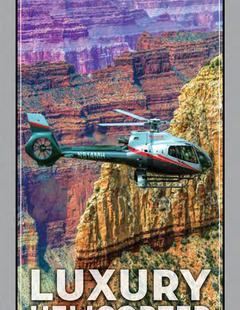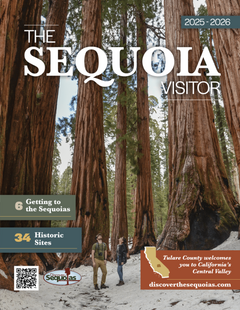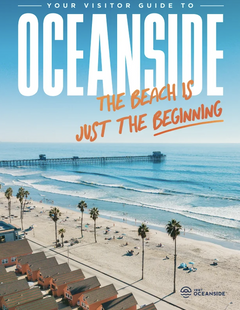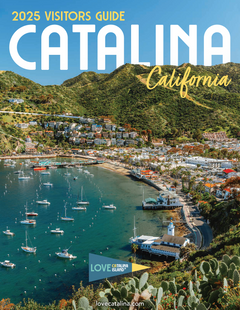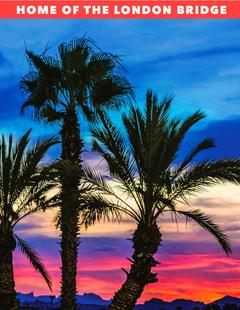Hottest, driest, lowest: Death Valley is a land of extremes. It is one of the hottest places on the surface of the Earth with summer temperatures averaging well over 100 degrees Fahrenheit. It encompasses the lowest point in the Western Hemisphere at 282 feet below the level of the sea, and it is the driest place in North America with an average rainfall of only 1.96 inches a year.
But this valley is also a land of subtle beauties whether you're there to watch morning light creep across the eroded badlands of Zabriskie Point to strike Manly Beacon, or an apricot sunset that sends lengthening shadows to play on the Sand Dunes at Stovepipe Wells. Though Death Valley is known as a barren place, it takes only a glimpse of myriad wildflowers on the golden hills above Harmony Borax, brightened by the warmth of a spring day, to bring fresh perspective. Travelers who come during the cool season will find an enormous stretch of land to explore, on foot, or the paved and unpaved roads which snake through the region.
Death Valley National Park is located in eastern California, along the Nevada border. For more information on the park, please select an area of interest from the navigation bar on the left.











